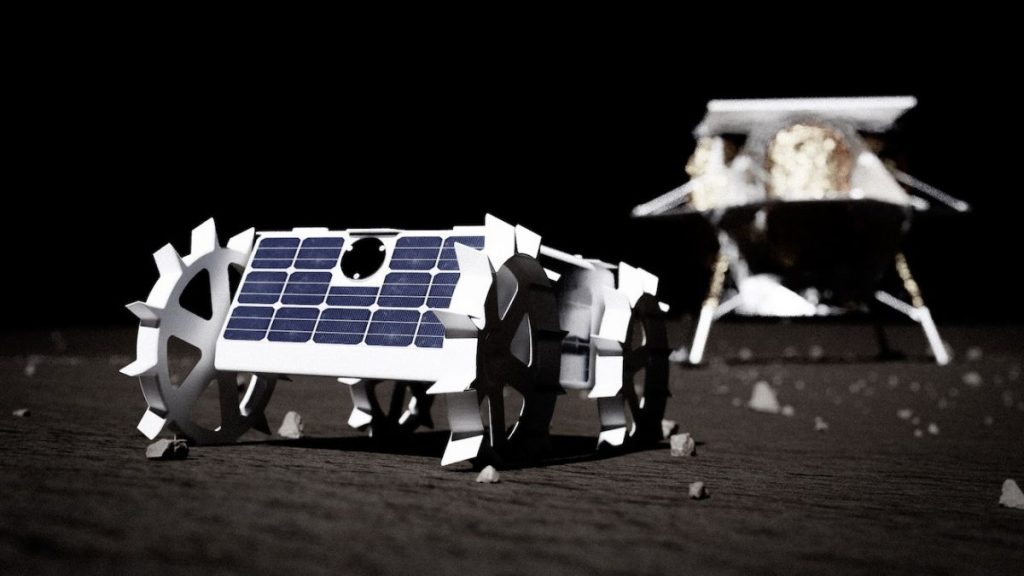NASA has funded technology that aims to keep a moon rover alive through the long, frigid lunar night.
Pittsburgh-based Astrobotic is developing lunar communication and survival tech, which will be tested on a mission that sends the company’s little CubeRover to the moon. CubeRover is designed to last at least 28 days on Earth’s nearest neighbor, including surviving the 14-day-long lunar night.
Astrobotic just received a $1.8 million subcontract focusing on “lunar night thermal systems” from Advanced Cooling Technologies, flowing from NASA’s Small Business Innovation Research (SBIR) program.
The news was announced on Wednesday (Aug. 24), less than a week before the primary launch date for the Artemis 1 mission that will kickstart NASA’s human effort to return to the moon. The uncrewed, approximately 40-day mission will lift off no earlier than Monday (Aug. 29) to test the Space Launch System (SLS) megarocket, NASA’s most powerful rocket ever, and Orion spacecraft.
Related: NASA’s Artemis 1 moon mission: Live updates
More: NASA’s Artemis 1 moon mission explained in photos
Astrobotic received an SBIR Phase II grant in 2018 for CubeRover’s development; just recently, CubeRover passed a critical design review with NASA, according to the company.
While rovers from China have remained active on the moon‘s surface after a lunar night, it will still be a feat for CubeRover to survive and thrive after a fortnight of enduring temperatures of minus 328 degrees Fahrenheit (minus 200 Celsius).
Most electronics and other components are not designed to survive nearly that long at such extreme temperatures, but company officials framed it as a necessity to allow NASA to do lunar science for its Artemis program of crewed moon exploration.
“This mission has the potential to usher in a new era of robust lunar robotics where instruments and payloads can survive months to even years on the moon’s surface,” Mike Provenzano, Astrobotic’s director of lunar surface systems, said in a company statement (opens in new tab) on Wednesday.
Astrobotic is also tasked with delivering payloads to the moon’s surface under NASA’s Commercial Lunar Payload Services (CLPS) program. The first mission of CLPS, using Astrobotic’s small Peregrine lander, is scheduled for the fourth quarter of 2022.
NASA’s VIPER rover is scheduled to land on the moon in 2024 aboard Astrobotic’s medium-class Griffin lunar lander. The ice-hunting rover, whose name is short for Volatiles Investigating Polar Exploration Rover, was delayed a year from November 2023 after the agency requested more testing for Griffin to reduce risk.
Follow Elizabeth Howell on Twitter @howellspace (opens in new tab). Follow us on Twitter @Spacedotcom (opens in new tab) or Facebook.

